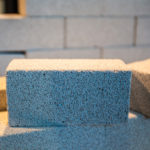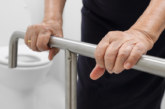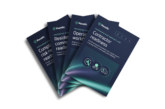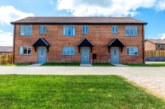Housing associations are urged to urgently check building specifications and drawings for the use of Reinforced autoclaved aerated concrete (RAAC) in home construction. Where RAAC is found immediate structural surveys should be commissioned, says social housing lawyers Winckworth Sherwood.
Greg Carter, a Legal Director and Construction and Insurance Law Specialist at Winckworth Sherwood commented: “RAAC was widely used in the construction of social housing between the 1950s and 1990s and, just as in school buildings and other structures, presents a serious risk for housing associations and their residents.
“Where social housing providers have not already done so, they should urgently check as-built drawings and specifications and if RAAC is found to have been used commission structural surveys to verify its condition and any remedial works.
“Unlike schools, no nationwide survey of social housing has been conducted and the extent of the problem is unknown. Thorough checks of housing stock will be the only way to fully understand the size and scale of any problems.
“Where RAAC is discovered and is defective, social housing providers may be able to claim the cost of remedial work on building or other insurance policies. However, depending on the scale of the problem, and as seen following the Grenfell tragedy, insurers may opt to exclude RAAC claims. That would be disappointing and frustrating for housing providers and tenants.
“But social housing providers should not need reminding that they have a legal responsibility to manage their buildings, to meet repair and maintenance obligations and meet relevant health and safety regulations. Inaction is not an option.”
Header image: ©Grispb/AdobeStock
Building owners with defective RAAC are likely to look to their insurers. And as with defective cladding, they may quickly find RAAC-related claims are excluded in future policy years, says Winckworth Sherwood. You can read that article here.










